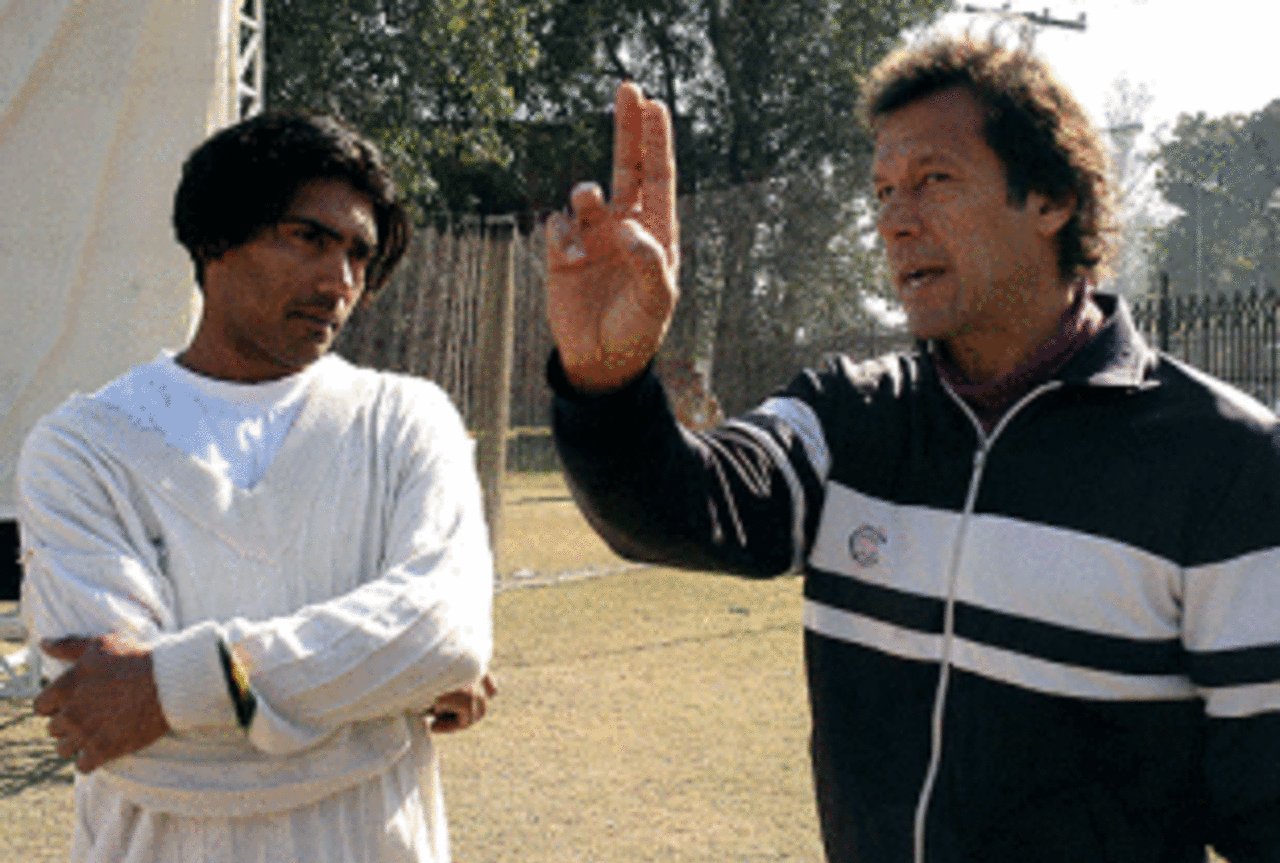Cricket is a great leveller. Nothing better exemplifies this truism than Shahid Afrid's shocking fall from grace. It took a fleeting moment of madness for him to become the villain of the game. Our hero's stocks are trading at zero today.
The wrath directed at him is understandable. The hardliners can certainly take him anywhere with this - to the cleaners or the gallows. They can push for his ouster from the team. Afridi's act may well have undone years of work towards dispelling the dark shadows of ball-tampering that seem to have hounded Pakistan cricket forever.
But it is also time to remind ourselves that this madness stems from a certain mindset and a background. Afridi comes from an era, a cricketing culture, where ball-tampering is considered a normal cricket activity, the done thing on flat Pakistani pitches - an art form and not a sin. It's been a part of the Pakistan team's standard operating procedure.
All teams have one. The Aussies have been brought up on sledging, and while the rest may see it as uncouth, offensive behaviour that is against the principles of this game, it is appreciated by them as a legitimate weapon to be used against oppositions. England moan when they make a tour of the subcontinent, and maybe this is part of their operating procedure.
Pakistan under the tutelage of Imran Khan learned the value of ''ball keeping''. It was a wonderful science. The instructions were to keep the ball dry; to parent the shiny side and ignore the other, so that the elements, like a dry pitch and bristly outfield, could naturally rough it up. Spinners were constantly asked not to dampen the ball with sweaty palms. The scratching was left to the elder statesmen of the team, but it was a last resort - an act of desperation that its perpetrators did not boast about. Only their sheepish behaviour gave away the story; that the ''hand of God'' had played its part.
Reverse-swinging the ball is certainly an art. And the condition of the ball is only one aspect of it. At times even a well-looked-after ball can behave against its masters' wishes and not bend. Factors like breeze and cloud are needed to aid the process. Most important in the process of reverse swing is the bowler's craft: the speed of the ball, the angle of the arm, the wrist position, the length of the delivery - these are what produce the magic.
If ball-tampering is being openly admitted by the players, and given that it is difficult to assign reasons for why reverse swing happens (since even tampering is often ineffective in generating reverse swing), shouldn't the authorities stop looking at the practice with suspicion?
Calling ball-tampering unlawful and an offence is regrettable. If ball-tampering is being openly admitted by the players, and given that it is difficult to assign reasons for why reverse swing happens (since even tampering is often ineffective in generating reverse swing), shouldn't the authorities stop looking at the practice with suspicion and instead look to bring it into the cricket syllabus so that we can all move on? It will challenge a batsman's technique and will improve the standard of competition. Test cricket in the subcontinent on dead pitches will perhaps not be boring to watch anymore.
As long as there is imbalance between bat and ball, there exists a possibility, a risk, of someone playing God and attempting to bridge the gap between the two. Bowlers have been dealt a rough hand by the administrators. Flat pitches, thick bats, short boundaries, limits on bouncers, free hit and Powerplays are just a few things that have neutralised bowlers. Is it not wrong that a game that preaches equality and fair play has confined bowlers to the status of inferiors in a master-servant relationship with the batsmen?
Offspinners were forced to revolt against the unjust system, and they created the doosra, which has managed to bring a semblance of balance to a skewed relationship and also reinvented a dying art. Some would say bowling the doosra is tantamount to chucking; others view it as a justified mutiny against the lop-sided rules bowlers operate under. The managers of the game need to understand that a six may bring momentary pleasure, but the fall of a wicket is, and will always be, the ultimate high in cricket.
So give Afridi a break. He may not have played this one by the book but he certainly did read from the book of his predecessors. And he was forced to play God.
